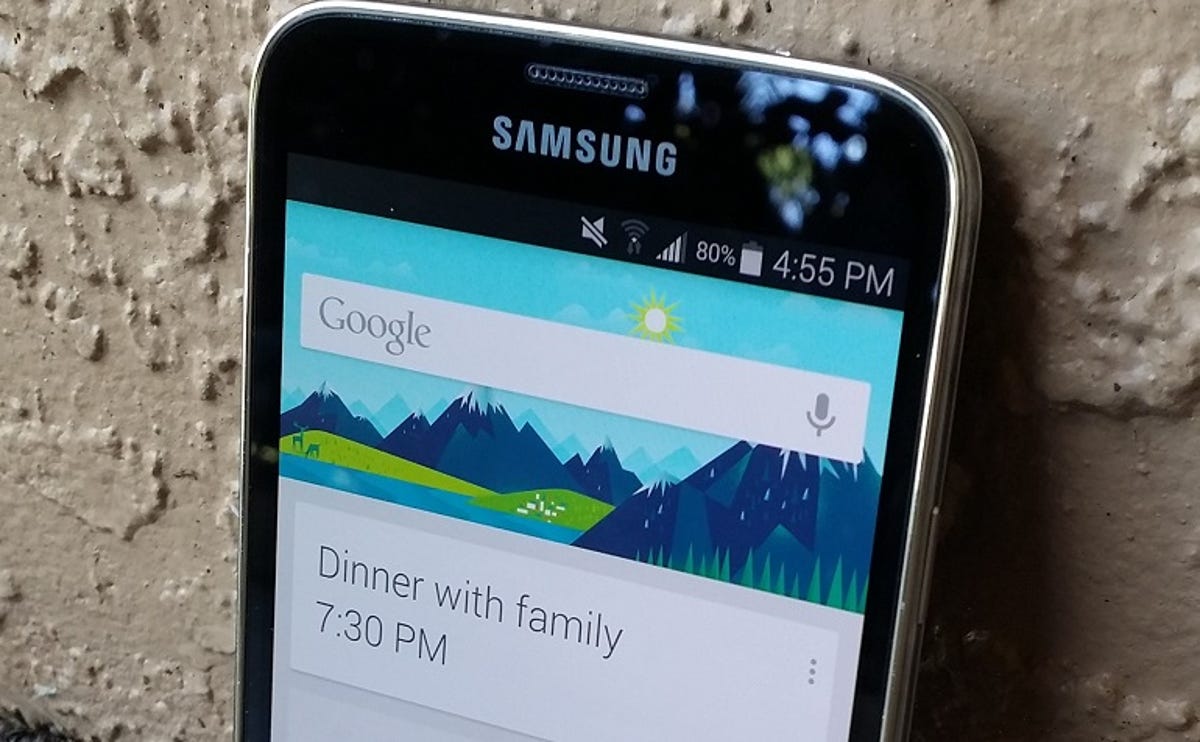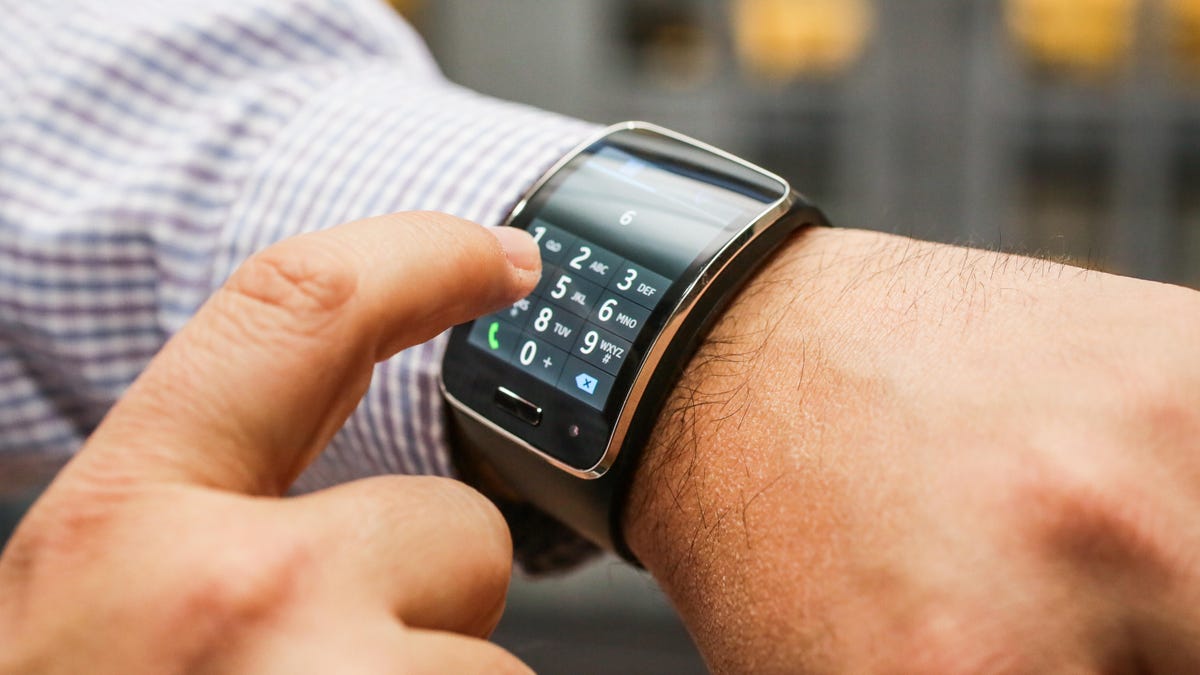
CNET
LAS VEGAS — Smartphones may not be at the center of AT&T’s CES 2015 push, but they, like their cousins the wearables, are crucial to AT&T’s business. CNET sat down with Jeff Bradley, AT&T’s senior vice president of devices, to talk about the trends that will shape mobile in 2015 and beyond.
Editor’s note: This interview has been edited for brevity and clarity.
Q: What do you see as the main trends for smart devices?
Bradley: The smartphone market is very mature, so the smartphone market will start feeling linear: you’re not going to see radical introductions into the broad portfolio of smartphones that feels like something we’ve never seen before. It’s going to be more of an evolutionary progression. Screens get higher resolution, processors get faster, networks get faster, but it’s fairly incremental to what we’ve had in its previous generation.
The idea of a really intelligent personal concierge has tons of promise. It hasn’t broken through to be that thing that really knows me, anticipates me, and guides me in a personal way. It goes from novelty to utility.
Someday we’ll see a next generation of screen technology and battery technology, but I don’t think we’ll see that in 2015. I think it’ll be more evolutionary. And I think it’ll be widely competitive for the OEMs (device-makers).
Evolutionary, how?
Bradley: “Evolutionary” would be bendable, something that draws a lot less power, and or something that would be truly durable and borderline rugged. That means something I can drop on its corner from 5 feet on concrete and it won’t crack. (There was some speculation that we’d see that with the iPhone 6, but that didn’t happen.)
More from CES 2015
- AT&T: It’s not about smartphones anymore
- AT&T opens the door to its smart home platform to Samsung, LG, Qualcomm
- AT&T, Sprint confirm they will carry LG G Flex 2
There have been prototypes floating around in the industry where you can fold things, or not fold because that implies a crease, but they’re malleable. Versus something that’s bent in a factory and then rigid after.
Why do we want a flexible screen like that?
Bradley: Like most component technologies, it’s up to an OEM to come up with a killer design that has both novelty and utility that consumers will seek.
So you’re saying: Do it because we can and let someone else come up with the application later?
Bradley: Isn’t that the kind of classic R&D?
AT&T takes risks on one-off phones, but they don’t always pan out. Why is this important to the carrier?
Bradley: Look, you’re making decisions two years ahead of launch. We want to have the strongest overall portfolio with the most choice. We want to drive innovation in the ecosystem. We have our foundries, which is all about fostering innovation in the ecosystem. We have a track record of helping companies launch their first smartphone (like the knockout success of the original iPhone and ill-fated Amazon Fire Phone .)
So, not every investment gets the same return.
LG’s G Flex 2 has the right curves (pictures)






+11 more
Let’s talk abut wearables. Is this a big investment space for AT&T?
Bradley: We spend $140billion on our network, so “big” is a relative term. It is a strategic area of focus. We have a nascent and hopefully growing category of truly connected smartwatches with own cellular radios.
It’s going to take awhile to find a distinguishing utility for people to want to add [an independently connected smartwatch] to their portfolios. We saw the same thing with tablets. It has to have the right size, the right battery life, the right screen size…and in this particular category, the UX has to be tuned for precisely the things you want to do on your watch, particularly when you’re away from your phone. I think that when this comes together, there’s a huge opportunity for growth.
How does AT&T sell wearables? At often $300 on top of a smartphone, it’s a tough sell.
Bradley: We will continue to work with the OEMs and also the platform providers to increase the utility. A standalone connected watch lets me do things I couldn’t do prior. A companion watch is a marginal extension of my current smartphone experience. Some people will value that and pay for it, but the real opportunity is when these things become connected. Then we get another level of mobile freedom. I can leave my phone charging when I leave the house to go to the store, but without a material trade-off.
Then, people will come up with really cool apps that are appropriate for this form factor.

 Enlarge Image
Enlarge ImageSarah Tew/CNET
Do you see watches replacing your phone?
Bradley: Nope. I do not. There may be a variant in the future, but that’s multiple years out and will require a significant change in UI. The interaction model today in smartphone is toward bigger screens. Telling me that I’m going to replace my smartphone with a two-inch version is bucking the trend. I’ve got to have a whole different way to act with that than I’ve been evolving on a smartphone or connected tablet. Certainly the ability to communicate via voice is essential.
I think that when we get these concierge platforms, like Google Now or Cortana, then all of a sudden when my smart device gets proactive with me. A watch lends itself very nicely to that. Then, the apps. Using a map app on a 2-inch piece of glass is different than using it on a 5-inch piece of glass.
Connected everything really drains the network. Network capacity isn’t infinite. How will A&T cope?
Bradley: We take all the spectrum that can be made available to us. But we will also work with the ecosystem on both sides of it to build more efficient sessions [in terms of data transfer]. A watch will use a lot less of the network inherently — at least initially — than a large-screen device. We’re evolving our network strategy to be a lot more efficient about session management and radio management, and we’re working with the platform guys to get the most out of their connection.
Crave more news from CES? Follow along with CNET.



